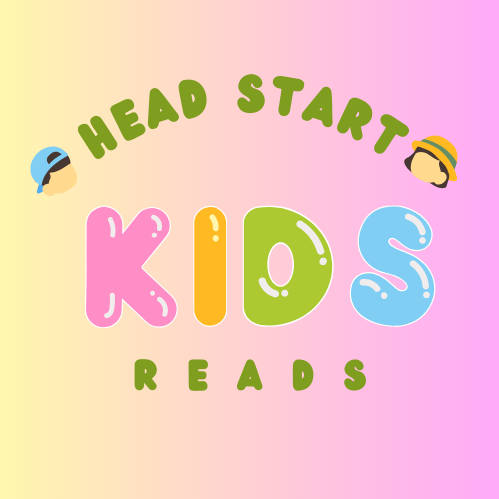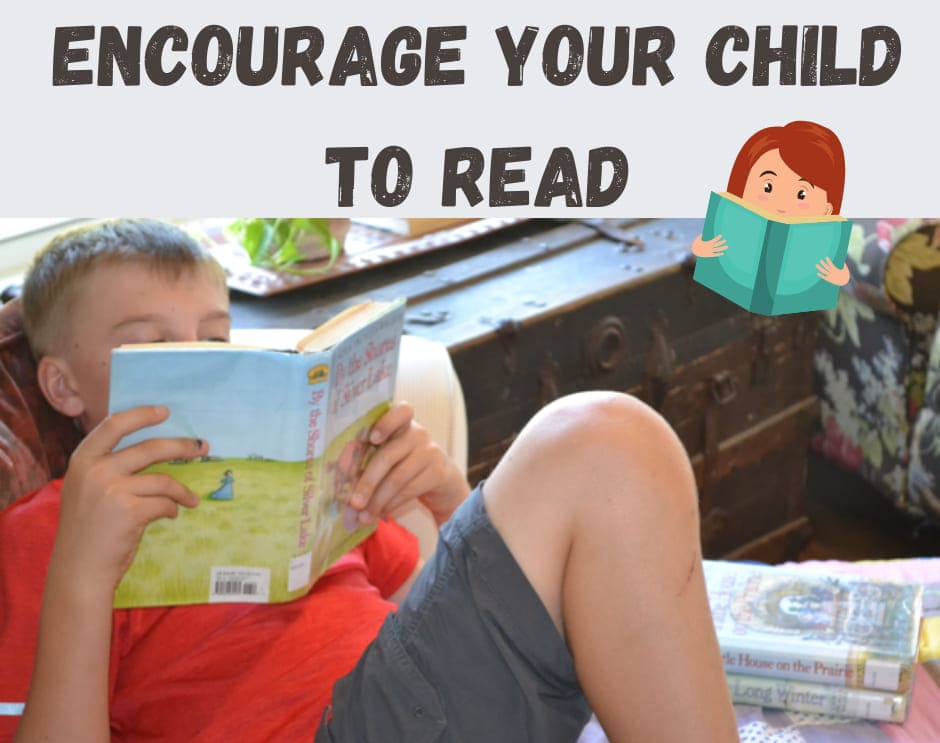Table of Contents
ToggleStrategies to Encourage Your Child’s Literary Journey
Introduction:
As a parent, fostering a love for reading in your child is one of the most rewarding and impactful gifts you can provide. In a world buzzing with digital distractions, nurturing a child’s interest in books not only enhances their academic skills but also opens the door to a world of imagination, empathy, and knowledge. In this exploration, we delve into practical strategies to encourage your child to read, acknowledging the invaluable role of early literacy programs. At the heart of this discussion is the pioneering Reading Head Start Program, founded by Sarah Shepard, which stands as a beacon for parents seeking to instill a lifelong love for reading in their children.
I. Create a Reading-Friendly Environment
- Build a Cozy Reading Nook: Designate a comfortable and inviting space for reading within your home. Whether it’s a cozy corner with a soft chair, pillows, and good lighting or a blanket fort, making reading a special and enjoyable activity enhances your child’s eagerness to dive into books.
- Surround Them with Books: A home filled with books sends a powerful message about the value of reading. Keep a diverse selection of age-appropriate books easily accessible to your child. Consider organizing them in a way that sparks curiosity, such as by genre, theme, or even color.
- Lead by Example: Children often model their behavior after their parents. If your child sees you enjoying a good book, they are more likely to view reading as a pleasurable activity. Make reading a visible and positive part of your daily routine.
Read Also
Why Scientific Literacy Is Crucial for Individual and Societal Advancement?
II. Make Reading a Daily Ritual
- Establish a Reading Routine: Consistency is key when it comes to creating habits. Set aside a specific time each day for reading, whether it’s before bedtime, during breakfast, or as part of a winding-down routine in the evening. Having a predictable reading time helps make it a natural part of your child’s day.
- Read Aloud Together: Reading aloud is a powerful bonding experience. Choose books that cater to your child’s interests and take turns reading. This shared activity not only promotes literacy but also fosters a sense of connection between you and your child.
- Celebrate Milestones: Celebrate reading achievements, no matter how small. Whether it’s finishing a chapter book, learning a new word, or reading independently for a certain duration, acknowledging their efforts and progress boosts your child’s confidence and enthusiasm for reading.
III. Explore Diverse Reading Materials
- Variety of Genres and Formats: Introduce your child to a diverse array of reading materials. Offer books from different genres, including fiction, non-fiction, poetry, and graphic novels. Explore magazines, comics, and audiobooks to cater to varying interests and learning styles.
- Cultural and Multilingual Embrace: Embrace cultural diversity in literature. Include books that reflect different cultures, traditions, and perspectives. If your family speaks multiple languages, incorporate books in those languages to celebrate linguistic diversity.
- Interactive and Educational Apps: Leverage technology to supplement traditional books. Educational apps, especially those aligned with reputable early literacy programs like Reading Head Start, can provide interactive and engaging experiences that reinforce reading skills in a digital format.
Read Also
What are the four stages of scientific literacy? | headstart reading
IV. Encourage Critical Thinking and Discussion
- Ask Thought-Provoking Questions: Engage your child in meaningful discussions about the books they read. Ask open-ended questions that encourage critical thinking and reflection. Discuss characters, plot developments, and the overall themes of the story.
- Relate Books to Real Life: Help your child make connections between the stories they read and real-life experiences. This not only enhances comprehension but also reinforces the relevance of reading. For instance, if they read a book about animals, consider a visit to the zoo.
- Encourage Storytelling: Encourage your child to become a storyteller. This can involve retelling the plot of a book in their own words, creating alternate endings, or even inventing entirely new stories. This fosters creativity and strengthens comprehension skills.
V. Utilize the Power of Positive Reinforcement
- Reward Reading Achievements: Implement a system of positive reinforcement to reward your child’s reading milestones. This could include a sticker chart, a small treat for completing a certain number of books, or a special outing to the library or bookstore.
- Create a Reading Challenge: Turn reading into an exciting challenge. Set goals for the number of books your child aims to read within a certain period. You can create a themed reading challenge or involve siblings and friends to make it a collaborative effort.
- Build a Home Library: Gradually build a personal library for your child. Allow them to choose books based on their interests, and consider occasional book shopping trips as a special treat. A collection of books they can call their own fosters a sense of ownership and pride.
Read Also
VI. Tap into the Resources of Early Literacy Programs
- Reading Head Start’s Approach: Explore the Reading Head Start Program, founded by Sarah Shepard, as a valuable resource in your journey to encourage your child’s reading. This comprehensive program is designed to support early literacy development through a combination of interactive activities, engaging stories, and parental guidance.
- Multisensory Learning Techniques: Reading Head Start employs multisensory learning techniques to make reading enjoyable and effective. Through a combination of visual, auditory, and kinesthetic elements, the program caters to different learning styles, ensuring a well-rounded approach to literacy.
- Parental Involvement and Guidance: Reading Head Start recognizes the importance of parental involvement in a child’s reading journey. The program provides resources and guidance for parents to actively participate in their child’s literacy development, creating a collaborative learning environment.
- Cultivating a Lifelong Love for Learning: Rooted in the belief that early literacy is the foundation for a lifelong love for learning, Reading Head Start aligns with your goal of instilling a passion for reading in your child. It lays the groundwork for a positive attitude towards education and inquiry.
Conclusion:
Encouraging your child to read is a journey filled with discovery, imagination, and shared moments. By creating a nurturing reading environment, incorporating diverse materials, fostering critical thinking, and tapping into the resources of programs like Reading Head Start, you lay the foundation for a lifelong love for literature. As your child embarks on their literary journey, guided by your support and the innovative approaches of programs like Reading Head Start, they not only develop essential academic skills but also cultivate a curiosity-driven mindset that will benefit them in all aspects of life.

